
Starting a garden doesn't have to be daunting and you can get started with home-grown crops of your own in no time at all.
To make gardening as simple as possible, this guide will deliver eclectic Australian gardening advice, including gardening tips around soil preparation, sowing, harvesting, and more.
Ground and Soil Preparation Tips
Soil is arguably the most important aspect of growing crops and one of the best gardening tips we can offer is to make sure your soil is up to par. Let’s explore some of the key ways to achieve the best soil.
Plot Size and Location
Select a site that receives at least 6 hours of sunlight a day. Your seed packet will tell you what location the variety is suited to, be it full-sun or part-shade.
The size of your garden should be determined by how much space you have, the time you have to tend to it, and how much fresh produce you require. If you’re short on space, fear not, you can still have a productive garden by using compact/dwarf varieties or climbing plants that can grow up, not out.
There are many vegetable seeds and flower seeds perfect for containers and small planters, too.
Preparing your Soil
The soil must be well prepared before sowing because seeds need to break the soil to aid in germination.
To achieve this, thoroughly dig the soil and remove any weeds and rocks. Add organic matter in the form of compost or manure to provide nutrients, improve soil structure, and ensure good drainage. Rake the bed smooth and level to make sowing your seeds easier, and finally, water the bed thoroughly before sowing/planting.
If starting a garden in a raised bed or container, use good quality soil mix combined with extra compost or rotted manure. Adding peat is also a good option to ensure good water-holding capacity in smaller pots/planters which can commonly dry out quickly.
If you notice your soil doesn't absorb water but rather repels it, you may need to do some more work to improve your soil prior to planting. Check out our article on hydrophobic soil for more details on how to fix this common issue.
Planting/Sowing Tips
What and When to Sow
There are 3 seasonal seed categories: spring-sown, autumn-sown, and all-year-round seeds.
As the names suggest, they relate to a general sowing time for best performance and although they use seasons in their names, sowing on the first day of the season isn’t always advised. Most warm-season seeds, for example, require warm soil to germinate and cool-season seeds may require a winter chill to start producing fruit.
So, sow according to the actual temperatures in your area rather than purely based on seasons.
If you see F1/F2 in the seed name, it’s a hybrid variety, which means it is bred to have certain desirable features such as disease resistance, greater yield, or extra flavour. Hybrids are not the same as genetically modified seeds. None of Mr Fothergill's seeds are genetically modified.
Some gardeners base their planting times on exact dates from last season’s crops; this is not always reliable in our ever-changing climate so consider current weather conditions when sowing your seeds.
The back of the seed pack will outline when best to sow the specific seed variety in your climate/region and this is a guide based on growing outdoors in the garden. It is possible to grow seeds out of season using a greenhouse and heat pads, too, which are usually used to start spring/summer varieties in the cooler months.
How to Sow
The ideal sowing depth is about twice the seed diameter, so if a seed is 2mm wide, sow it 4mm deep. Very fine seeds should not be covered but pressed lightly into the soil. Refer to the back of your seed pack for specific sowing depths and always sow your seeds at the recommended spacing and cover lightly.
Did you know the bigger the seed, the easier it is to grow? This is because the seed provides all the nutrients the plant needs to germinate. We suggest beginners start off with vegetable seeds such as beans, corn, radish, and pumpkin, and flower seeds such as sunflowers, nasturtium, marigold, and alyssum.
Once your seedlings are around 5cm tall and have their 2nd leaves, they are usually big enough to transplant into the garden. If you started your seeds in reusable pots, remove the seedling from the pot by holding a leaf, avoid gripping the stem as it is easy to crush. If your seedling is in a biodegradable pot, simply plant the pot and all into the garden.
Always water in well after transplanting.
Care and Maintenance Tips
Watering
Australian garden advice dictates a consistent approach to watering your garden crops because too much can cause disease and too little can result in stunted growth or even plant death. However, a good soak every few days is recommended (which may need to be more frequent in very hot conditions). This encourages deep root systems and greater tolerance to dry weather.
Water early in the morning or in the evening to reduce evaporation, and focus the water on the roots and avoid watering foliage. Larger water droplets are better than a fine mist, so look for a nozzle with a rain/shower option.
Mulching
Mulch is spread over the garden surface to retain moisture in the soil, suppress weeds, and keep the soil warm/cool. It also helps improve soil structure and quality as it decomposes. Sugarcane, woodchip/bark, or lawn clippings all make good organic mulch.
Thoroughly soak the ground before adding your mulch and lay it so it’s at least 2cm thick around your plants. Fine mulch should be used around small seedlings and small/fine plants, whilst chunkier mulch can be used around larger shrubs/trees.
If sowing seeds direct into the garden, avoid mulching until after germination as the mulch will inhibit germination.
Fertilising
Fertilising your plants during the growing season and improving the soil between crops can be done with either concentrated chemical fertilisers or with organic manures or compost.
The organic options include farmyard manure, household or garden compost, ready compost mixes, and green manure. Green manure crops are fast-growing plants (often legumes) that are sown between seasons.
Dig them into the soil when it’s mature to provide nitrogen and organic matter as they rot.
Pest and Disease Control
The first line of defence against disease and pests is the use of preventive practices that include:
- Maintaining a weed-free garden with wide, dry aisles.
- Pruning leaves off the ground.
- Watering the root area and avoiding the foliage.
- Considering your garden layout to maximise sunlight and air circulation, and to reduce humidity build-up.
- Companion planting - using herbs and flowers to deter pests.
Rotating crops means alternating the varieties of vegetables grown in one place from year to year. It lessens pest and disease problems common amongst same family vegetables and avoids soil being depleted of nutrients used up by a particular type of vegetable.
If these controls are not enough, use organic or chemical pest and disease treatments.
Why Seeds Don’t Germinate
If things haven't gone to plan with your garden, it’s time to troubleshoot what may have gone wrong.
Gardening relies heavily on many uncertain elements such as the weather and other environmental factors, so let's explore the most common gardening problems and why your seeds won’t germinate:
Soil Temperature
Soil temperature is very important for seed germination because they need consistent day/night soil temperatures to thrive. Without this, you may end up with low or no germination or seedlings that die. Soil temperature is even more critical for heat-loving plants such as chilli and capsicums, so start them when weather conditions are consistently warm.
Whilst the air temperature may be warm outside during the day, soil temperature takes a little longer to warm up, and if the nights are still cool, this can affect the consistency of the warmth of your soil.
For these reasons, only sow spring seeds outdoors when the weather is consistently warm enough to maintain a warm soil temperature (usually between 21 and 26°C). Conversely, cooler season varieties may require consistently cool soil and cool weather to not bolt and go to seed.
There’s Not Enough Light
Seeds require light to germinate or they cannot start on their growing journey. If your seeds are sown too deep there is a chance they are not getting enough light to germinate or are not strong enough to reach the soil surface.
Soil Is Too Wet or Dry
Wet soil can cause seeds to rot, too dry and they may die. Work to maintain a consistent soil moisture level throughout germination for best results.
Seed Coating Is Too Hard
Many seeds such as wildflower and tree/bonsai seeds have a hard coating which may need scarifying before sowing. The way you scarify your seeds will depend on the variety so check your seed packet for details on the best way of scarifying or treating your seeds before sowing.
Old or Poor Quality Seeds
If you bought your seed from a reputable seed supplier such as Mr Fothergill's Seeds, they’ll have tested the germination rate to ensure that the seed was of a suitable quality to be sold.
As with all living things, seeds are perishable meaning they have a finite lifespan and this varies depending on the seed variety. Again, check the seed packet for the sow-by date. As seeds age, they become less viable, meaning you may see a decline in the germination rate. As a result, you may need to sow more seeds than you wish to grow to compensate for the lower strike rate.
Poor Seed Storage
Seed storage is important for the longevity and viability of your seeds. We recommend storing your seeds in a cool, dry place, ideally out of the light. Sealing in an airtight container is also a good idea.
Once your seed packet has been opened, we suggest storing unused seeds in the sachet/packet they came in, folded over to create a seal. Store as mentioned above.
Why Won’t My Plants Grow, Fruit, or Flower?
Environmental factors such as temperature, a lack of pollinators, or more likely a nutrient deficiency in your soil can be why plants take too long to grow after germination. There are three main nutrients your plants need to grow and fruit, Nitrogen (N), Phosphorus (P) and Potassium (K), also known as NPK.
Your plants will need different ratios of these nutrients based on what you want them to do.
For example, if you want vegetation growth, you need Nitrogen as this promotes leaf growth. If you want to fuel root growth, Phosphorus is what you’re after. Lastly, to promote good fruit, vegetable, and flower growth, you will need Potassium.
Weed Issues
If your garden is full of weeds, they will shade your seeds and take water and nutrients from them.
The chances are, you weren't sold weed seeds and instead have dormant weed seeds in your soil. Seeds can remain dormant for many years waiting for the perfect conditions to germinate and grow, so when you prepare your soil for sowing, and add goodies like compost, fertiliser, and water, you’re creating that optimal environment for germination.
Starting seeds in pots or punnets using a good quality seed-raising mix or soil pellets will help germinate your seeds if your garden was previously weedy. Mulching your garden will also help suppress weeds but you may need to hand weed too to keep on top of them.








































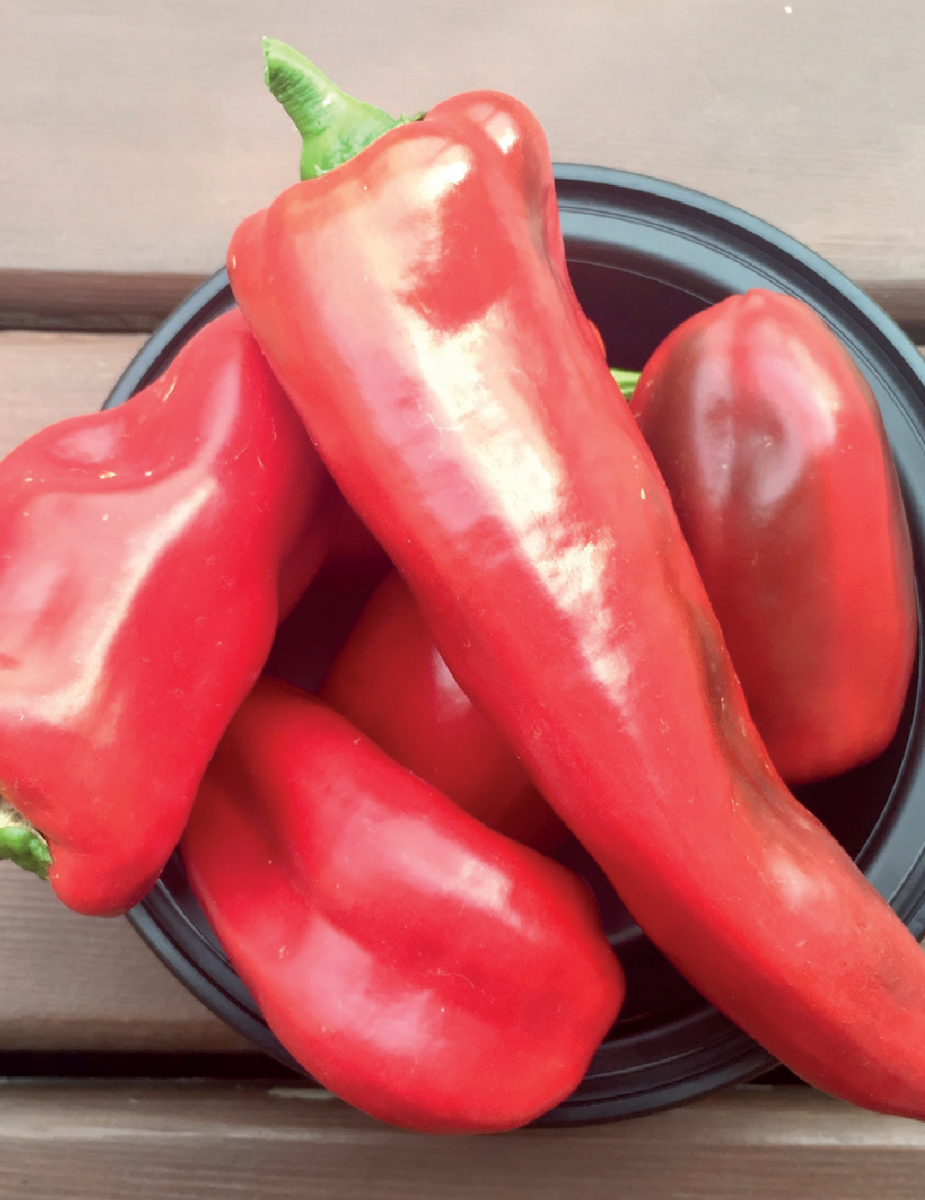
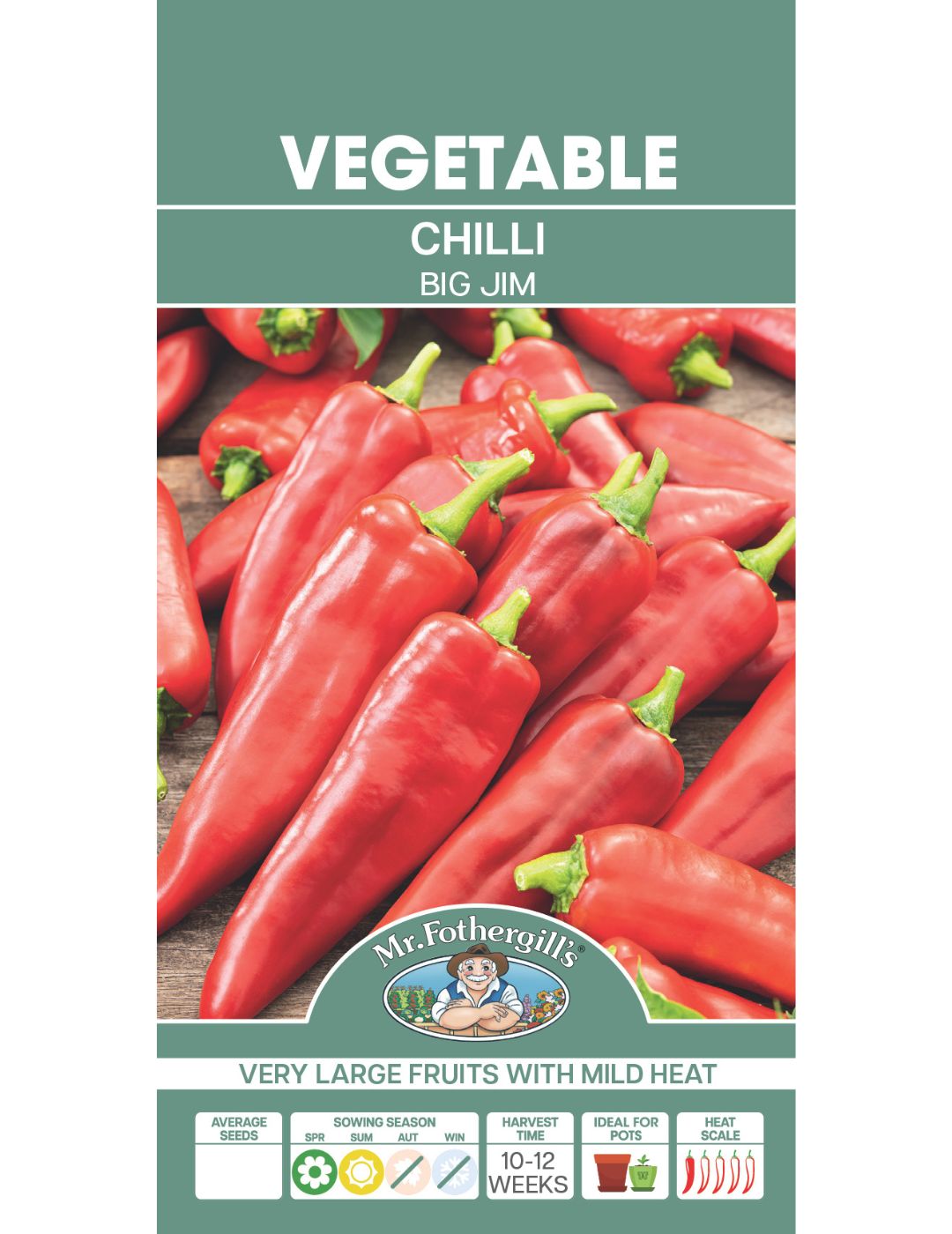
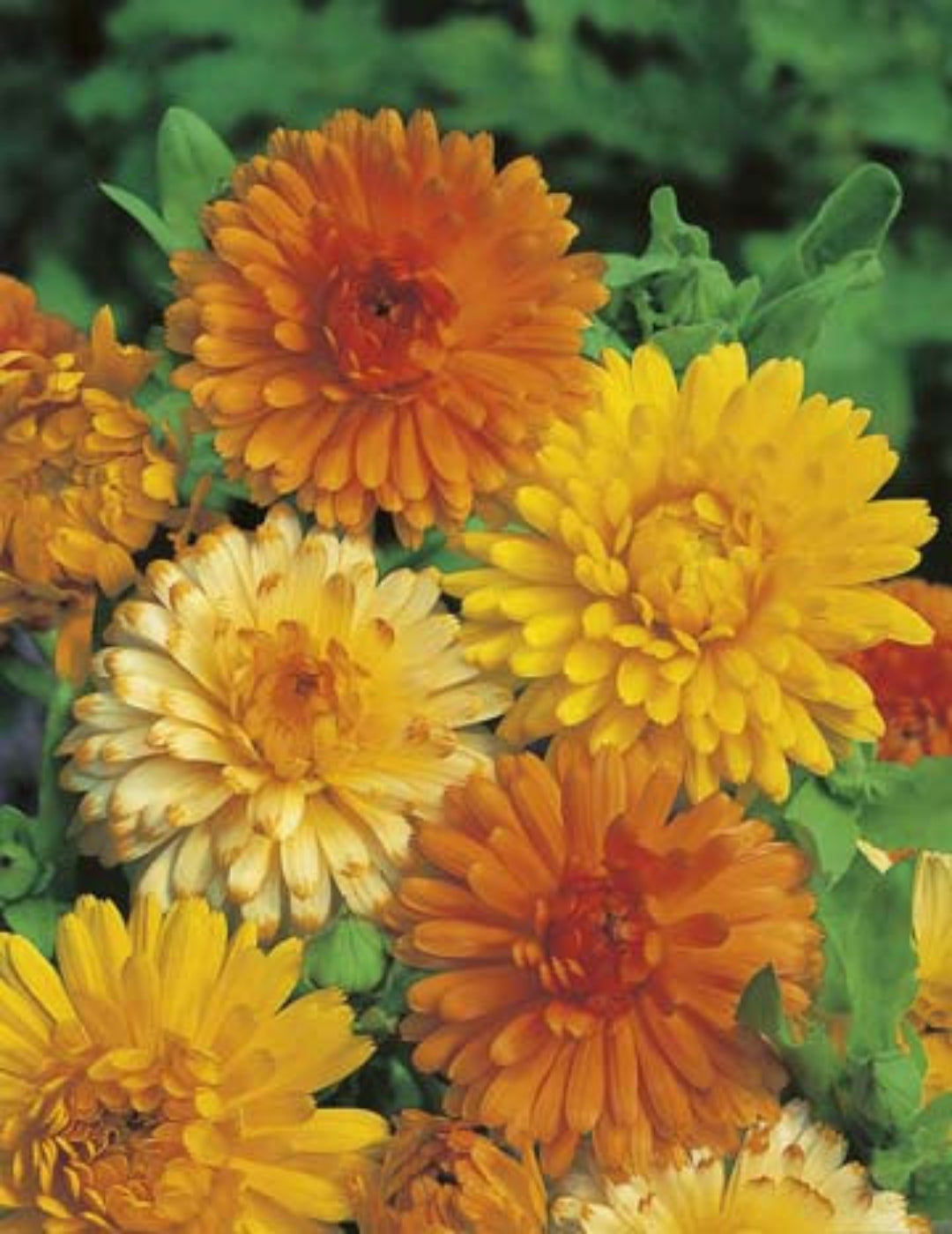
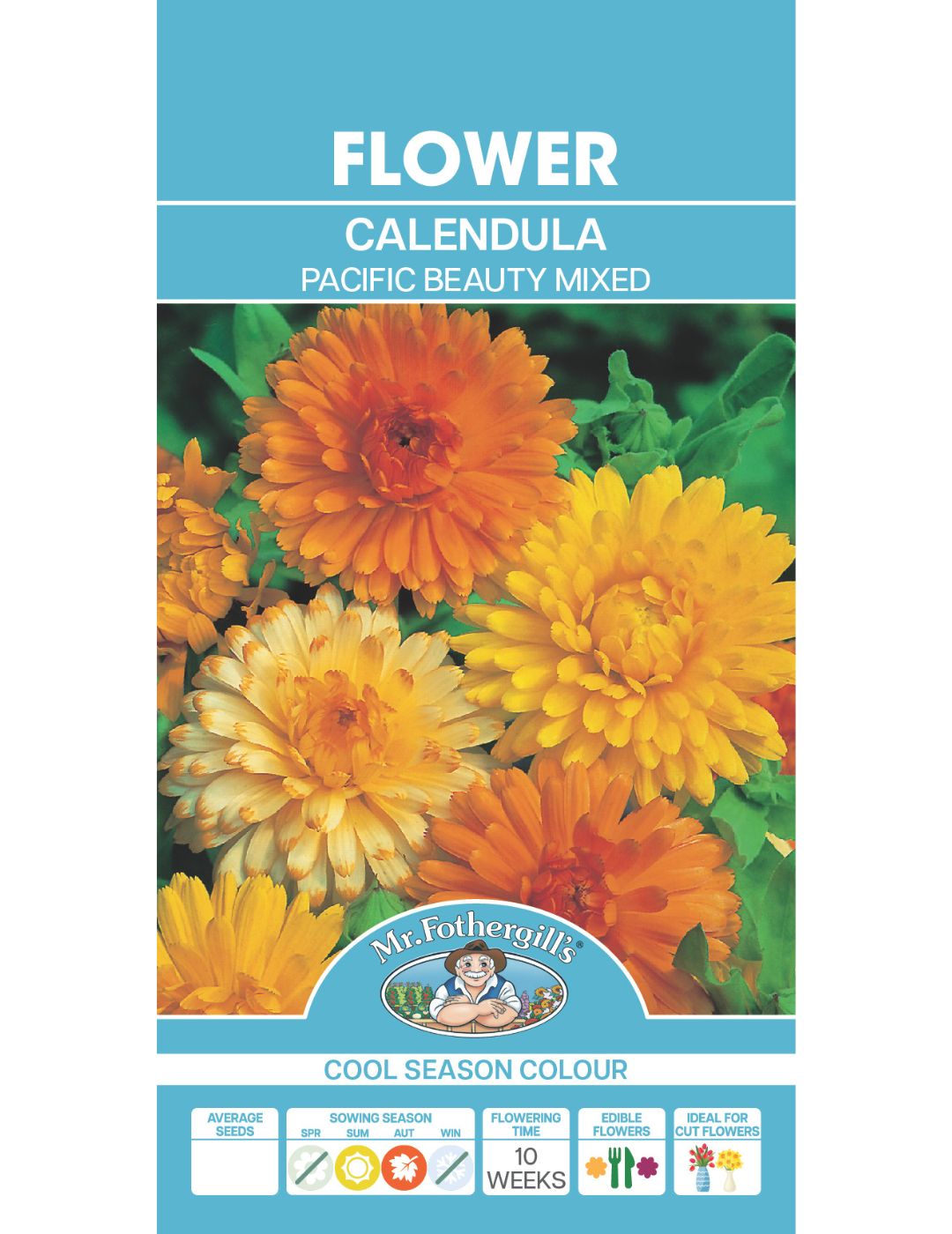
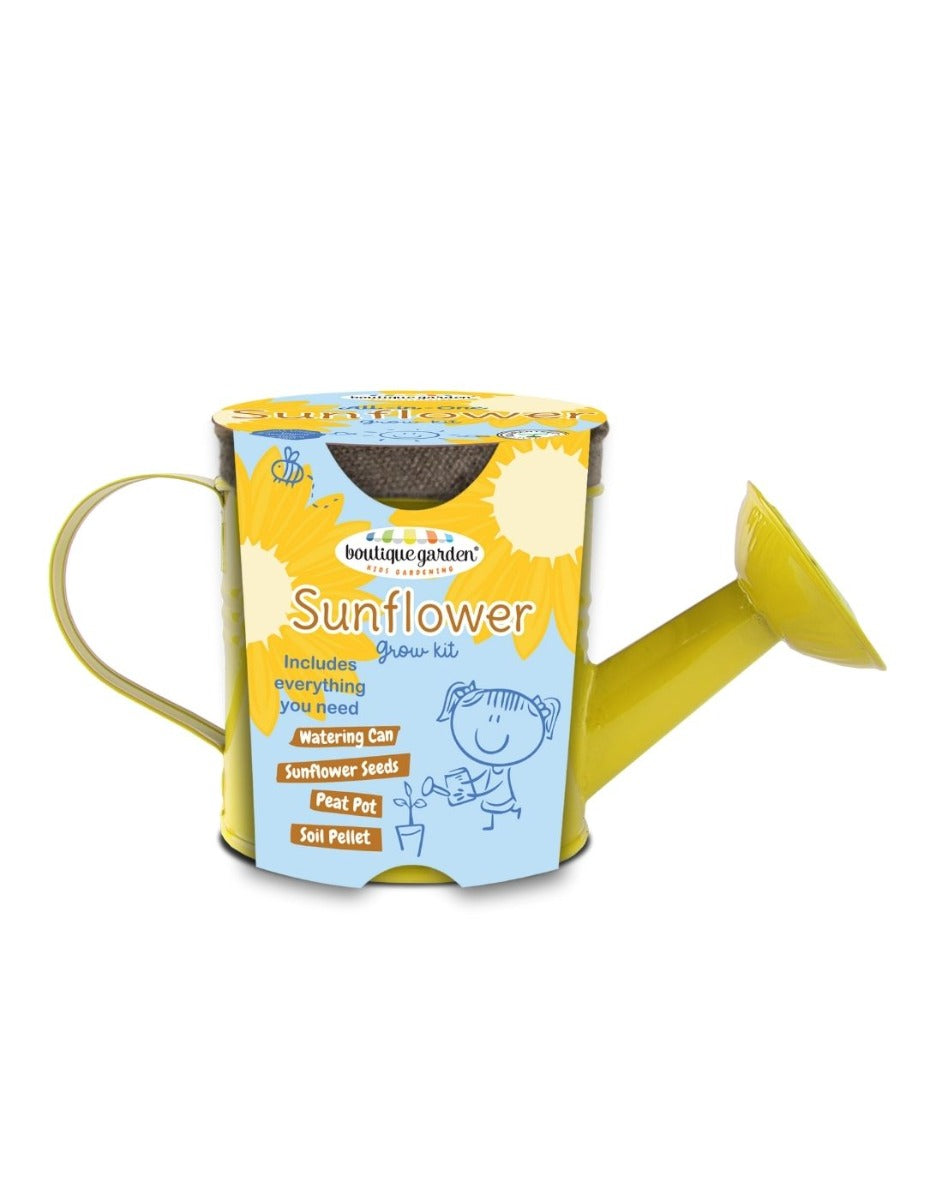
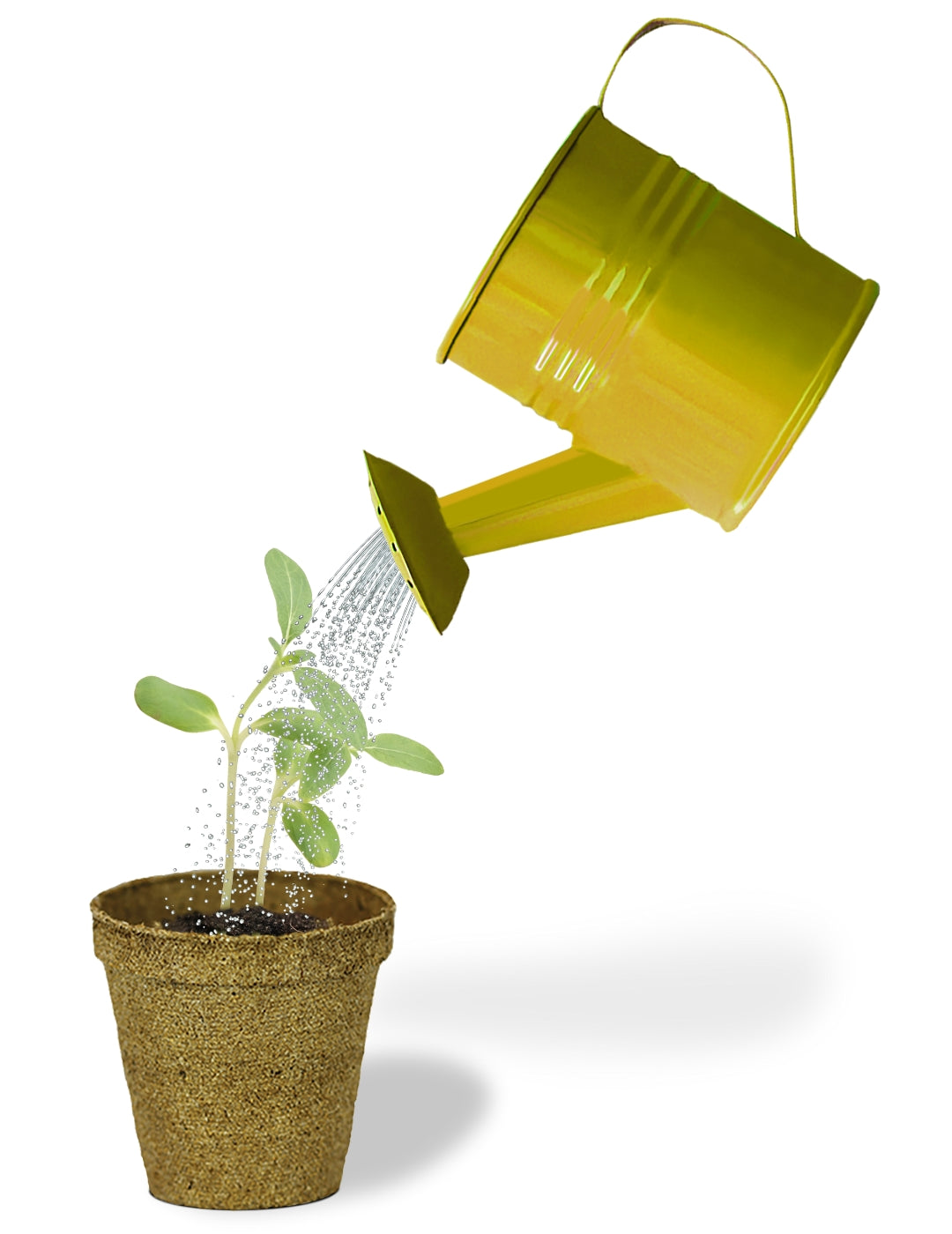
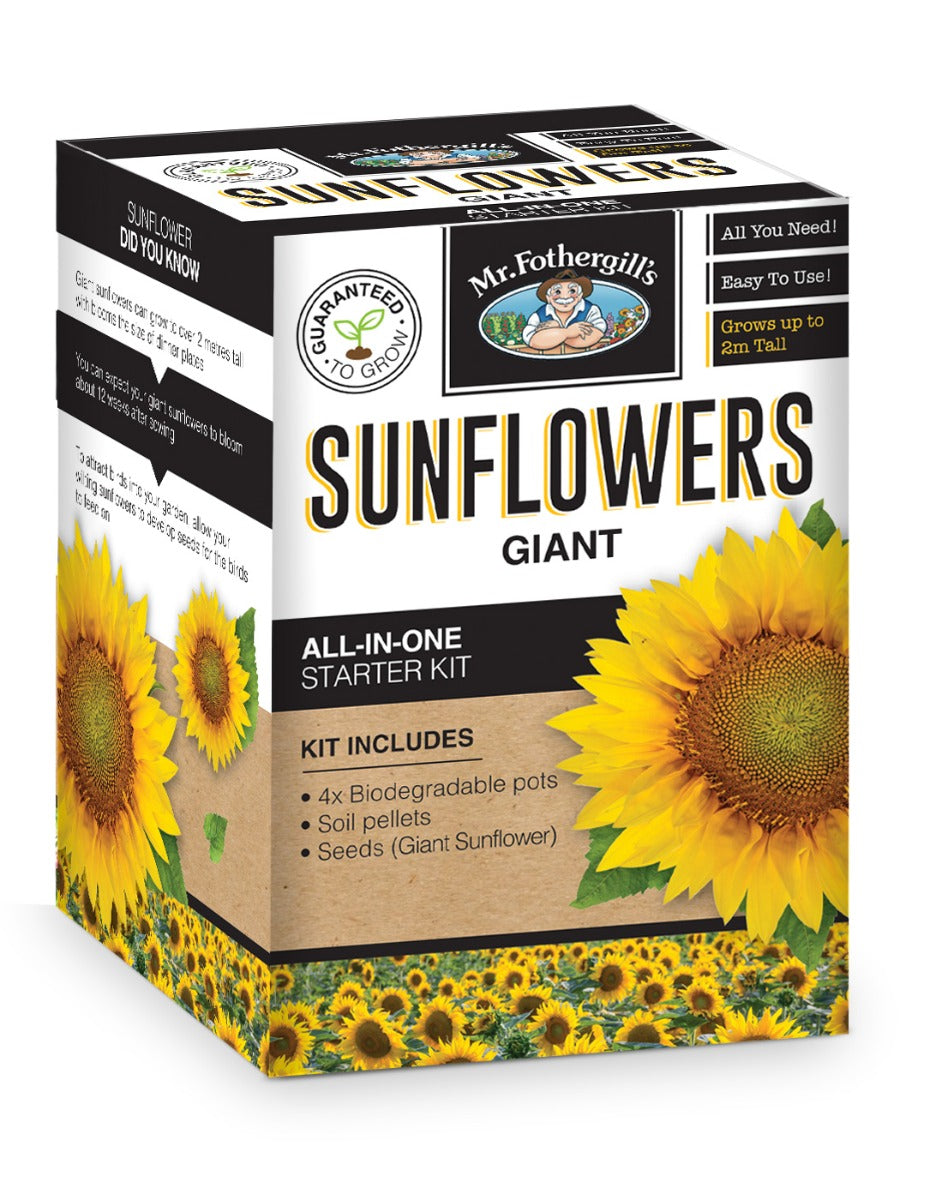
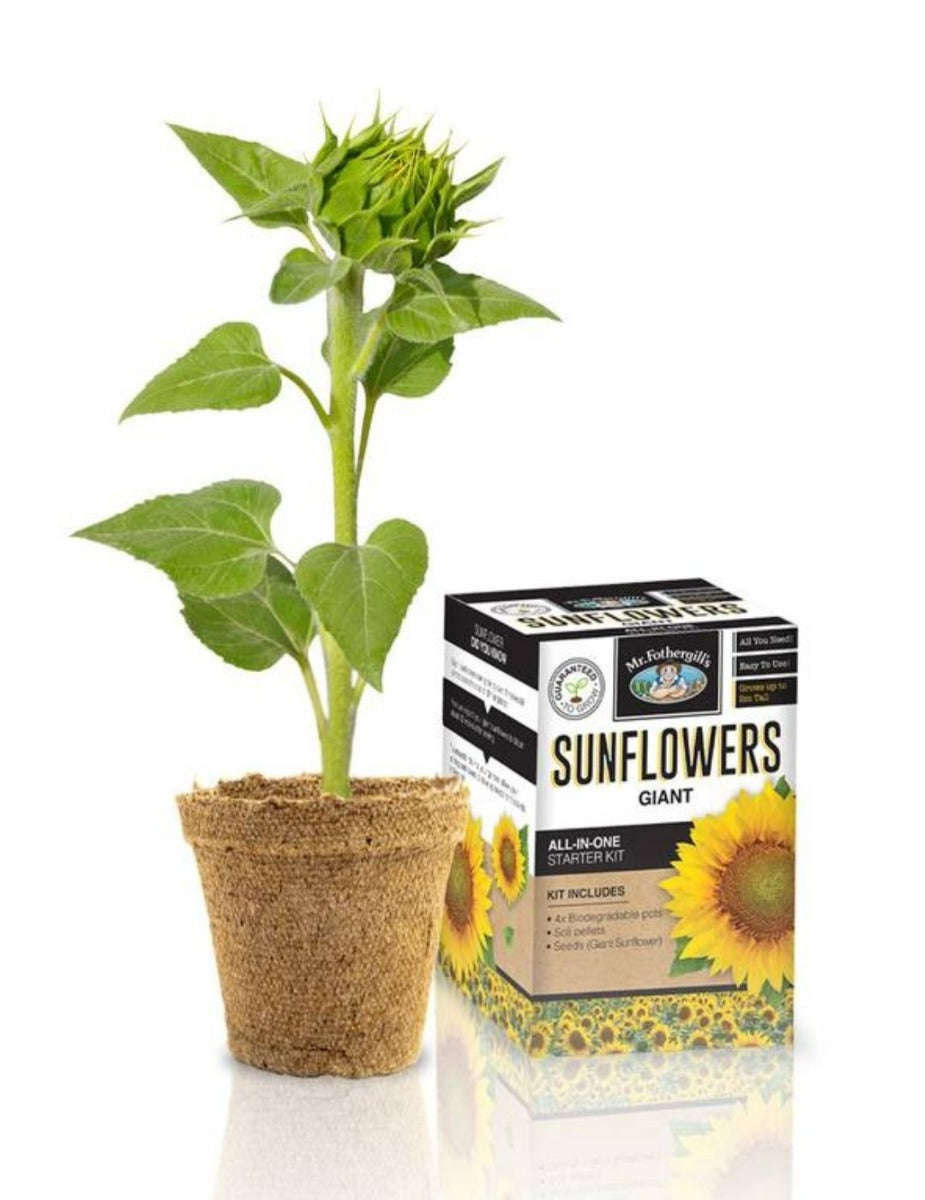
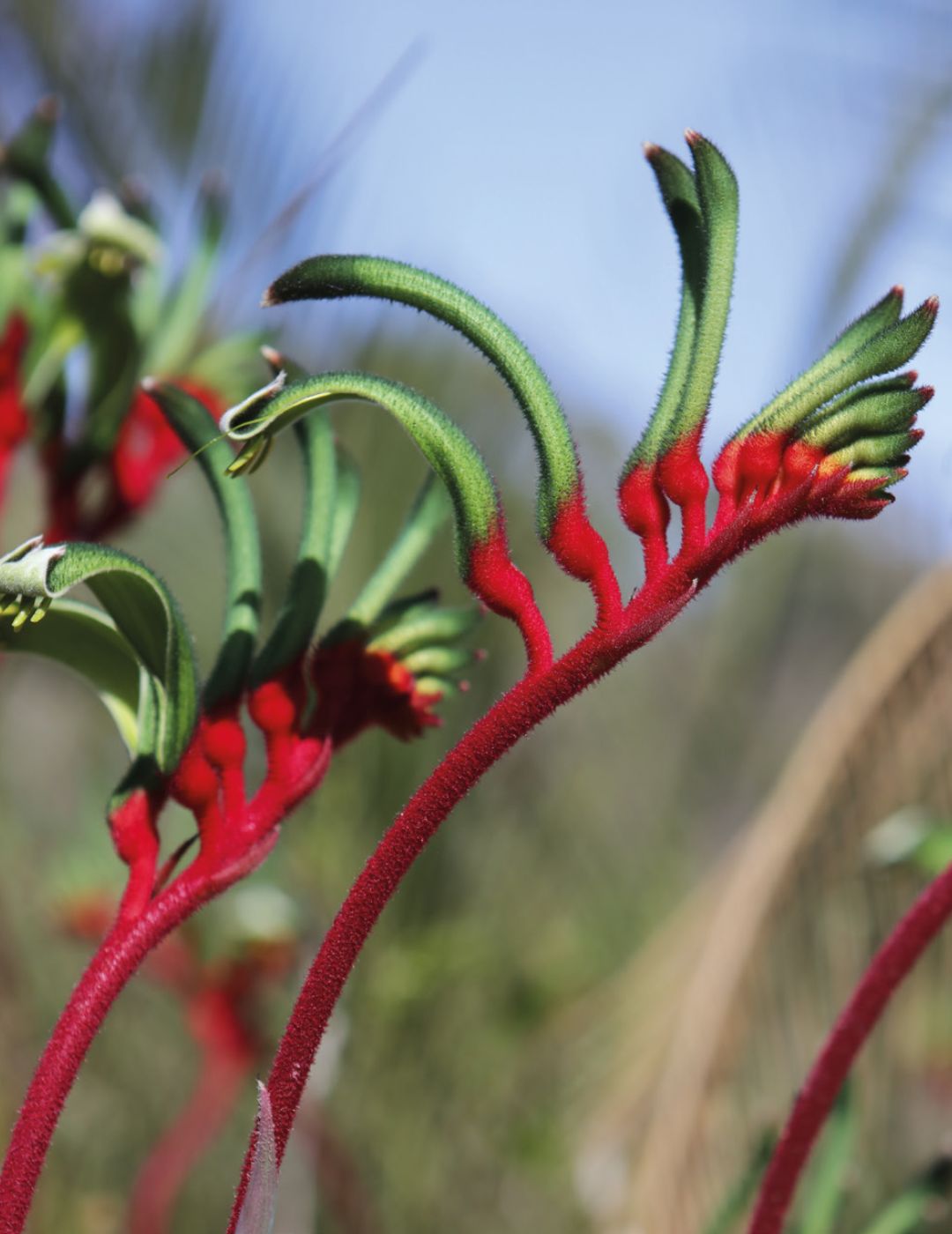
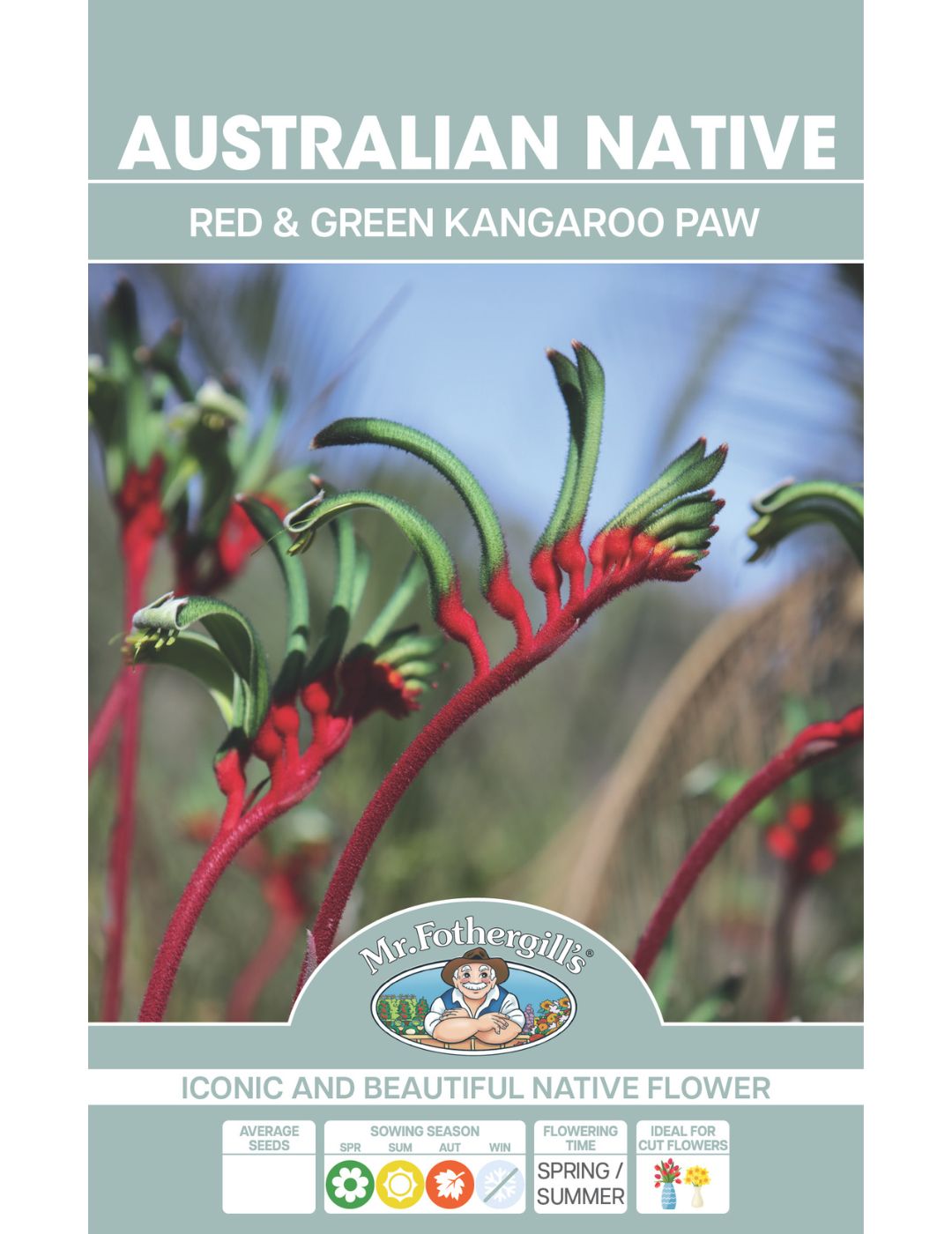
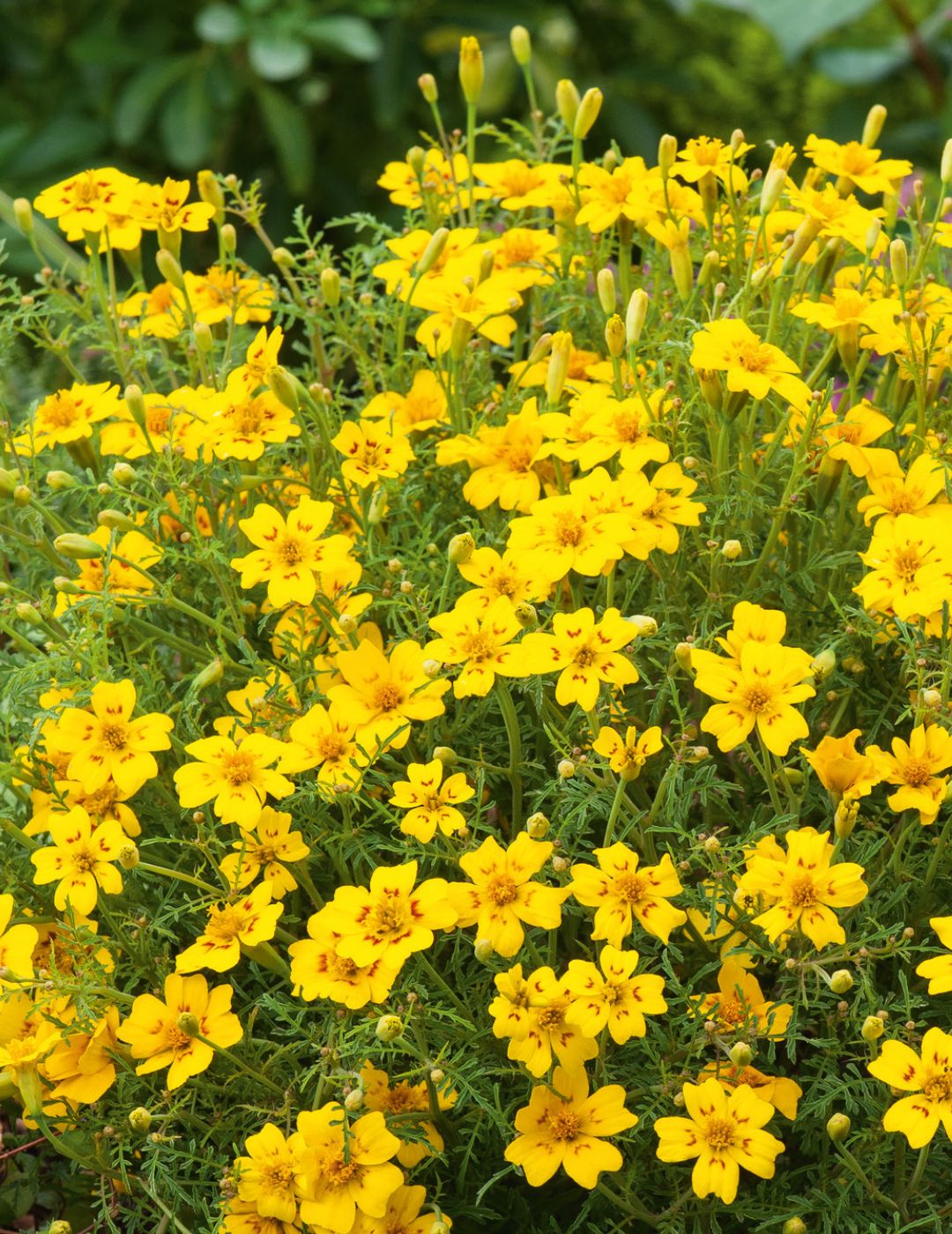
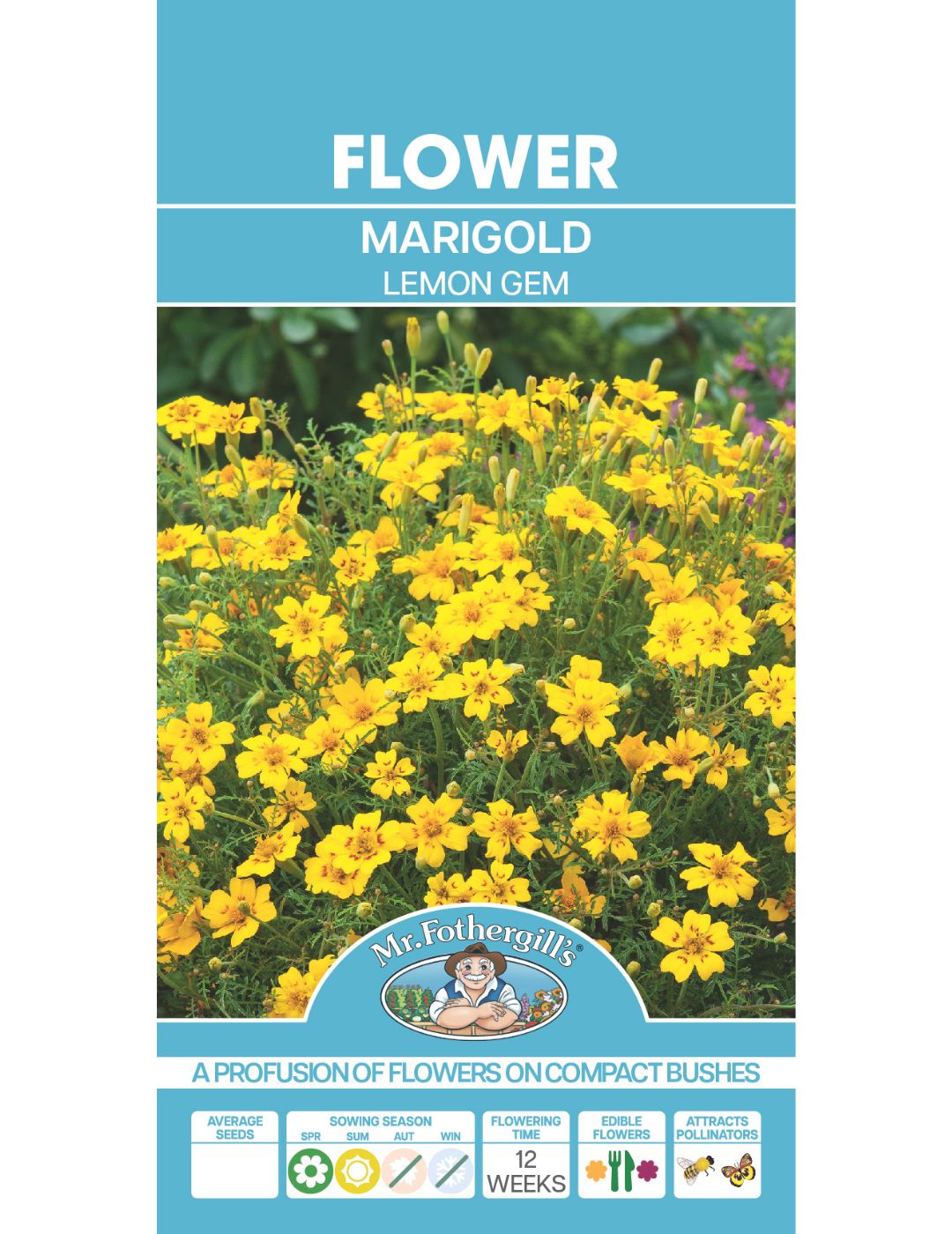
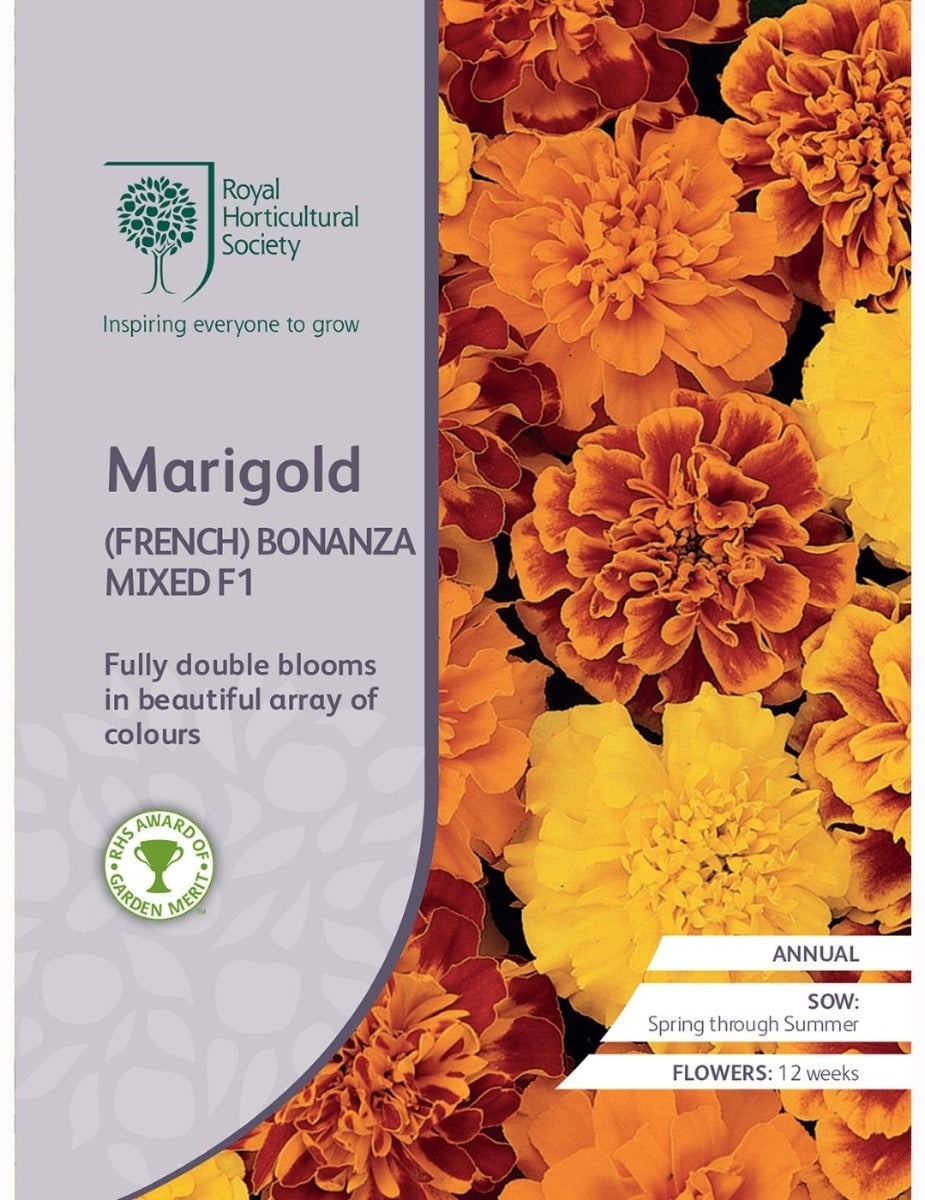





Leave a comment
All comments are moderated before being published.
This site is protected by hCaptcha and the hCaptcha Privacy Policy and Terms of Service apply.